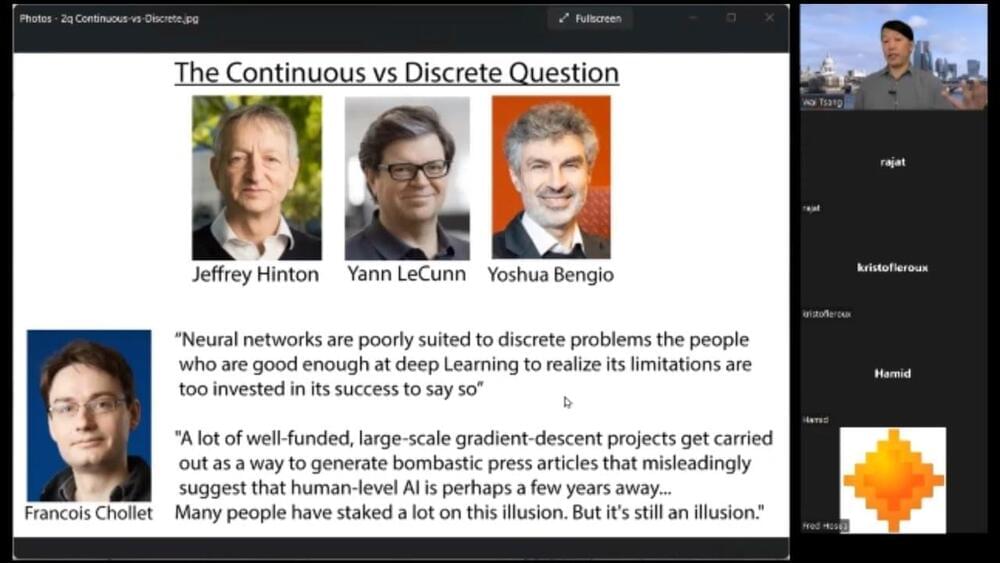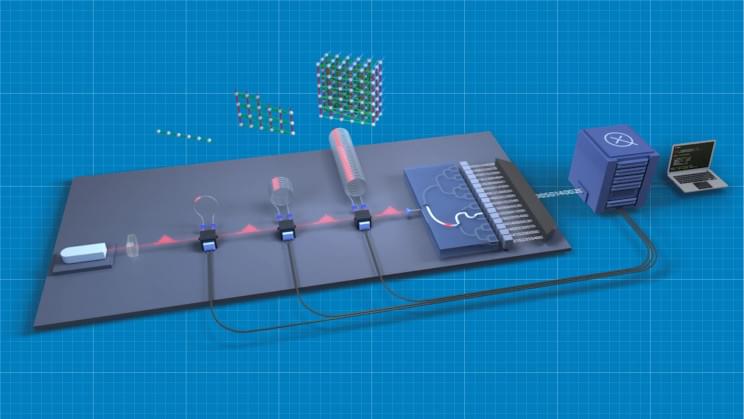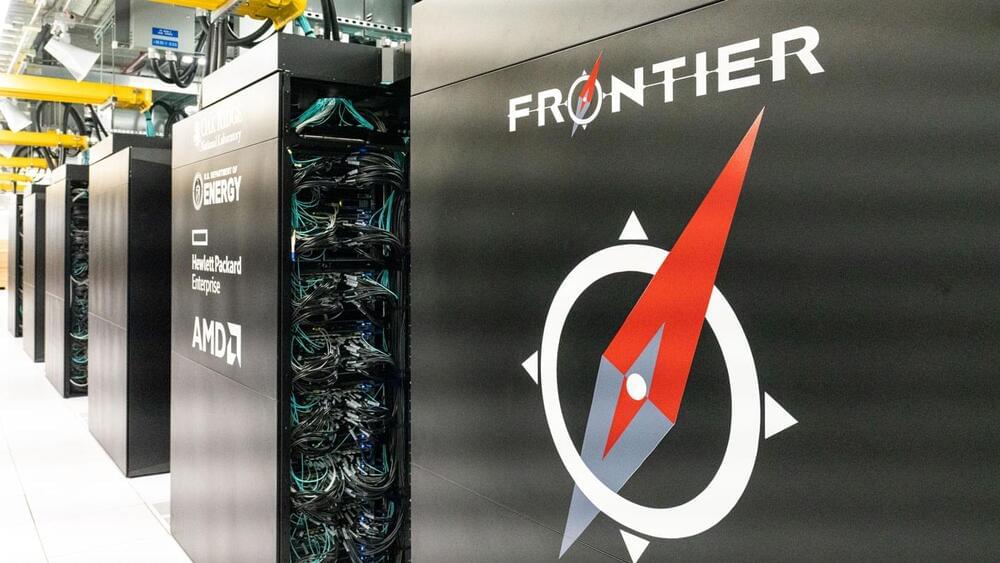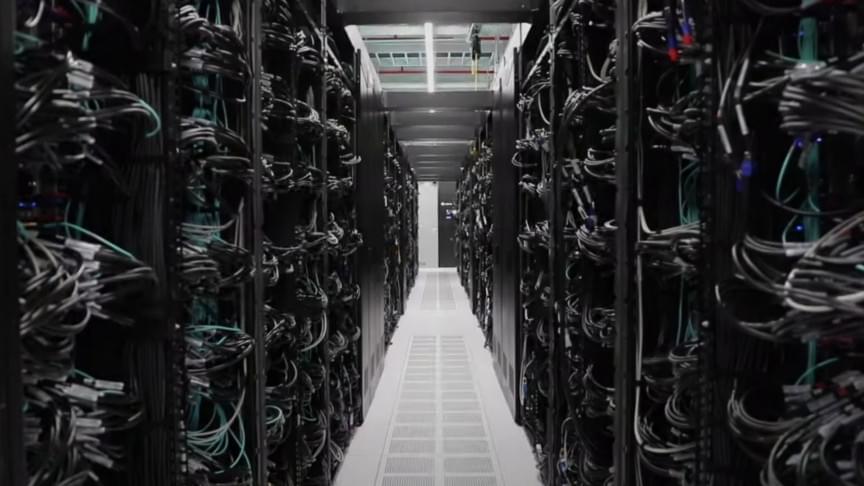Jun 23, 2022
The Startup at the End of the Age : Creating True AI and instigating the Technological Singularity
Posted by Dan Kummer in categories: augmented reality, biotech/medical, information science, mathematics, mobile phones, robotics/AI, singularity, supercomputing, virtual reality
The talk is provided on a Free/Donation basis. If you would like to support my work then you can paypal me at this link:
https://paypal.me/wai69
Or to support me longer term Patreon me at: https://www.patreon.com/waihtsang.
Unfortunately my internet link went down in the second Q&A session at the end and the recording cut off. Shame, loads of great information came out about FPGA/ASIC implementations, AI for the VR/AR, C/C++ and a whole load of other riveting and most interesting techie stuff. But thankfully the main part of the talk was recorded.


















